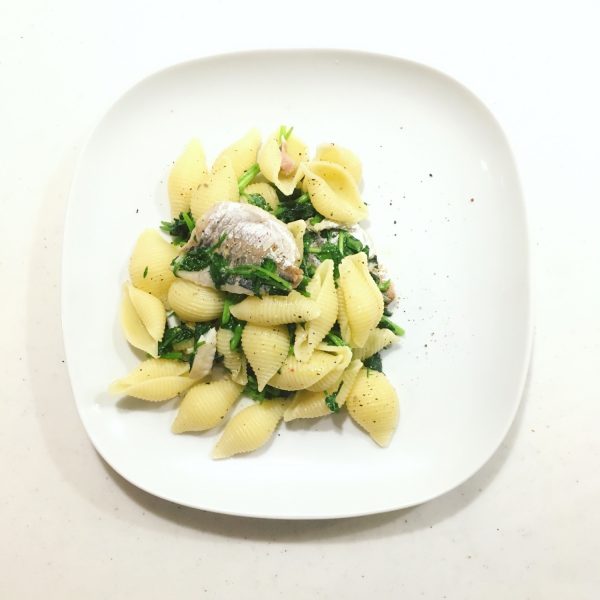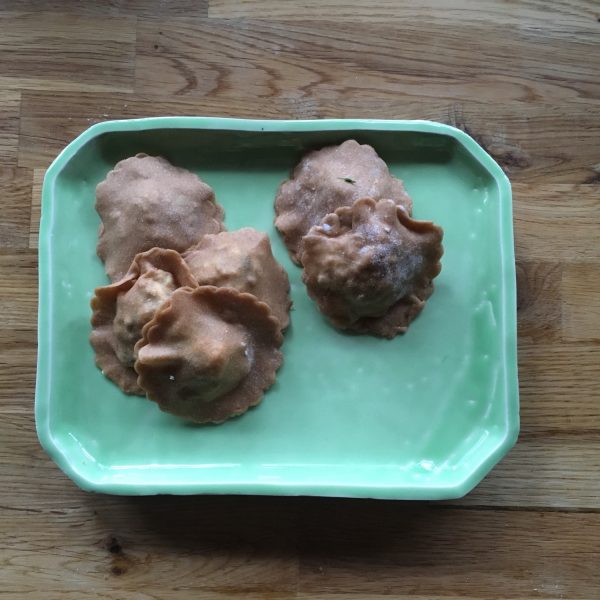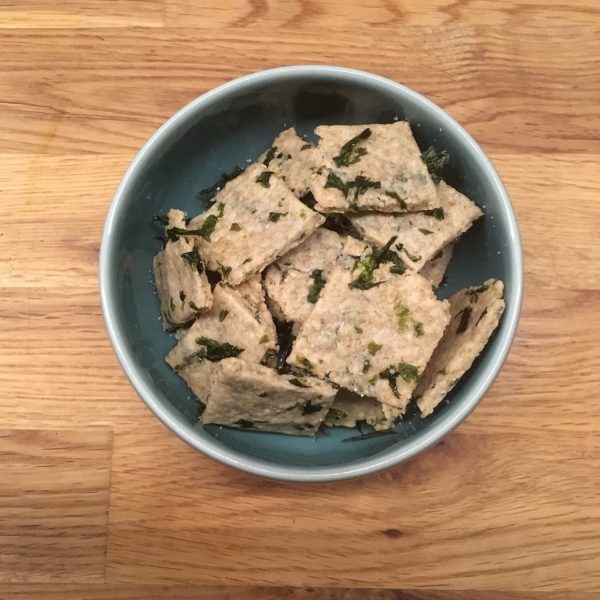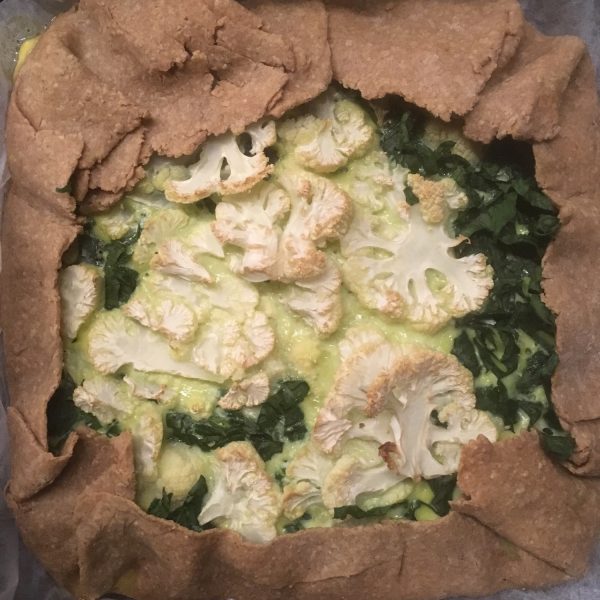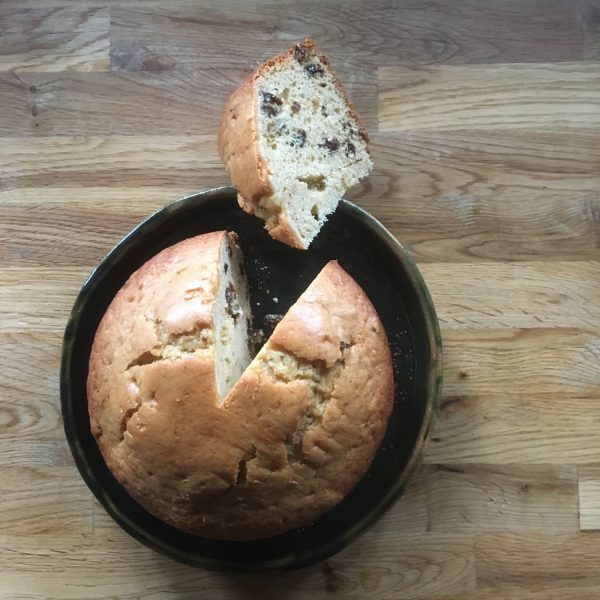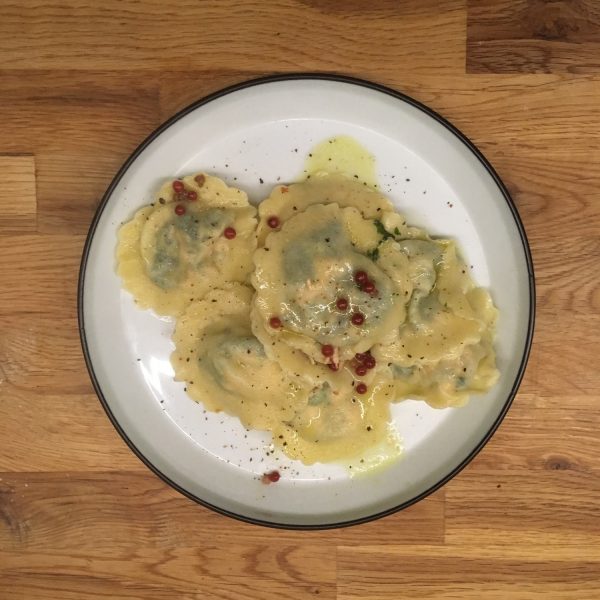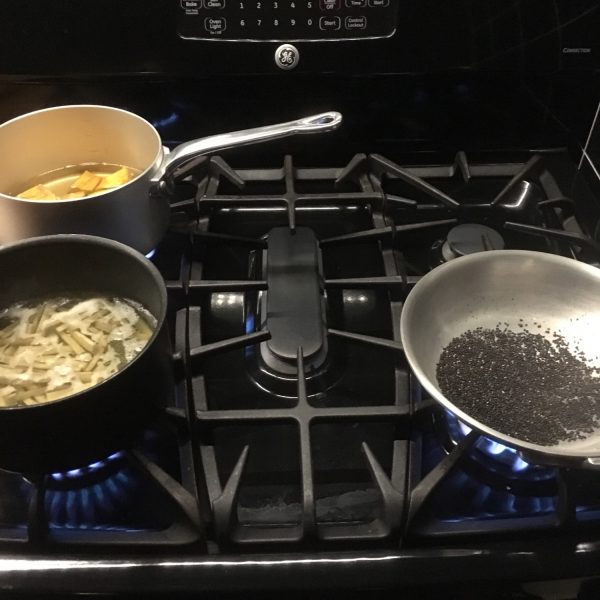Except for some Xmas decorations and tangerine, pompe a l’huile and panettone I am not a big fan of Christmas. This time of forced happiness, of forced making presents and receiving some, the bad timing with my birthday following just after… no really… I could easily pass. And pass on the weeks before too starting early in November when each family member asks you what you want for Xmas… like I needed anything… I prefer more spontaneous family gatherings than that one, presents made when something nice has been found or is needed. A nice time spent together on no particular occasion. Traveling to the Mediterranean is at least for me a not so bad way to spend the holidays and I definitely miss not traveling to Italy this year, as I already mentioned. This year, with the many circumstances we will spend Xmas eve on the plane on our way back to Tokyo… but way back means that we are going somewhere… indeed before that, we will fly to Paris for the weekend to spend a pre-xmas with our families all gathered in Paris for the occasion. The good point of flying for such a short time is that you don’t have to bother with jetlag and family is happy… Even if it is only for a short time we are away, I prefer to eat simple and delicious food before going to Paris, as the food when eating out is often too much for me. I love conchiglie and in particular with thinly chopped spinaches, when they can hide inside the pasta with a bit if olive oil. Last time I prepared some with bacon and ricotta, this time I used fresh anchovies. The anchovies prepared for sashimi are perfect, the are clear of bones and just need to be cooked. I first blanched the spinach, then chop them, I boil the pasta, and in a pan with olive oil I cook the anchovies and add the spinach, finish with the pasta, salt and pepper. It is really simple and rapid.
Harbor market
Every Sunday morning from 8 to 12 there is a “harbor market” at Ohara fishing harbor. We don’t go very often because the main attractions there are fresh shellfish grilled on the spot, and there are more stalls that have ready to eat food than truly food to buy to take home and prepare. But once in a while, in particular in winter when it is much less crowded we like to go and check it out.
This time I had in mind to buy some ricotta from a local cheese farm, not Takahide, because they don’t make ricotta (and they don’t come to the market anymore) to make ravioli for lunch… a simple picture on IG had the instant effect of me wanting ravioli for lunch… craving… and because there is not much to do in the garden right now I can spend more time in my kitchen!
Not only did I find the ricotta I wanted but also some nice konbu and katsuobushi. I will write later about these two once I will start using them. So back to the ravioli: spinach-pork for A. and spinach-pork-ricotta for me. Prepared with whole wheat flour, and served only with olive oil, salt and pepper. We were so hungry and happy to have ravioli that I just forgot to take a decent shot of them. A. took a rapid one when I was about to through the last one in the water…
For the recipe, as usual for the pasta: 1egg, 100g of whole wheat flour, a bit of water. For the filling, I cooked 100g of ground pork meat with chopped spinach, added salt and pepper for A. and for mine added 2tbs of ricotta. That’s it! I rolled the dough manually and made half-moon ravioli for A. and flowers for me so that we knew which is what when serving.
A week in the clouds – yogurt cake
December is going in a flash this year… busy days leave room to busier days and the gloomy and cold weather adds to the impression of being overwhelmed. The weather reminded more of Parisian winter than that of Tokyo, giving an awkward feeling, and missing the fireplace very much. My head has been in the clouds lately, a lot to think about at work, the plan for constructing something on our new plot of land, the cat that we haven’t seen in 3 weeks and who haunts my dreams… but finally today the bright sun, the Mount Fuji fully covered with snow now, and the crispy morning air seem to remind me that we are in Japan and that things ought to be taken as they come. Nonetheless, a healthy, warming and nourishing breakfast is always a great way to start the day, and with all the big apples I had seating on my kitchen counter I wanted to use them. After debating about an apple pie, an apple tart or an apple cake, I finally opted for a lighter and healthier option: an apple compote and a yogurt cake. The compote with me is easy, I peel and chop the apples, put them in a pan with a very little bit of water and cook at low heat until they have soften. I don’t add sugar, sometimes a bit of vanilla or spice, but I was in the mood for simplicity, so added nothing. The yogurt cake is like the pound cake, of of this recipe that I have learned at primary school and I have kept making ever since. It is so simple and so easy to eat and it keeps well, I love it for breakfast when in a rush. Here is my recipe as I remember it… the units are the yogurt packaging.
Yogurt cake
– 1 yogurt (100-125g)
– 3 units of flour
– 1 unit of sugar
– 2/3 unit of vegetal oil
– 3 eggs
– 1tps of baking powder
– vanilla
In a bowl stir all the ingredients until creamy. In a greased pue dish pour the mix. Preheat the oven to 140, bake at 140 for 15 minutes, than raise to 160 and bake another 15min or until a knife comes out clean. That’s it!!!
Simmered kabocha
All a sudden it has become very cold and warm food, rich and tasty is more than necessary. During the autumn I have used a lot of butternut squash, leaving the little Japanese kabocha on the side for a while, knowing that they would be right there when needed in the winter, as the season for kabocha is much longer (though you may find it year round when grown in green houses). And now the time has come to use it. kabocha, like most squashes and pumpkin is versatile and easy to cook. The great part with kabocha is that it actually doesn’t need to be peeled and cooking time is rather short. One of my favorite traditional Japanese recipe is to prepare it with dashi and soya sauce. It can be eaten hot, cold or reused after in other recipes. It is very simple to make and often found in bento boxes. Here is my recipe for the simmered kabocha.
Simmered kabocha (4 servings)
– 1/2 kabocha
– 40g of katsuobushi in flakes
– 2tbs of soya sauce
Wash the skin of the kabocha, remove the seeds (you can keep them to grill them to make snacks… or plant them)
Cut the kabocha in large bites with the skin on (only remove parts of the skin that is brownish or hard, usually the part that was in contact with the ground).
Put the kabocha in a pan and cover with water. Add the katsuobushi flakes in a tea bag, and cook at low heat until the kabocha is just soft (test with a bamboo toothpick). Do not over cook, you’ll end up with purée. Remove all liquid and the bag of katsuobushi. Add the soya sauce. Eat right away, or when cold.
I used the leftovers in a sautéed vegetable dish. With a bit if oil, the kabocha becomes golden and even more delicious.
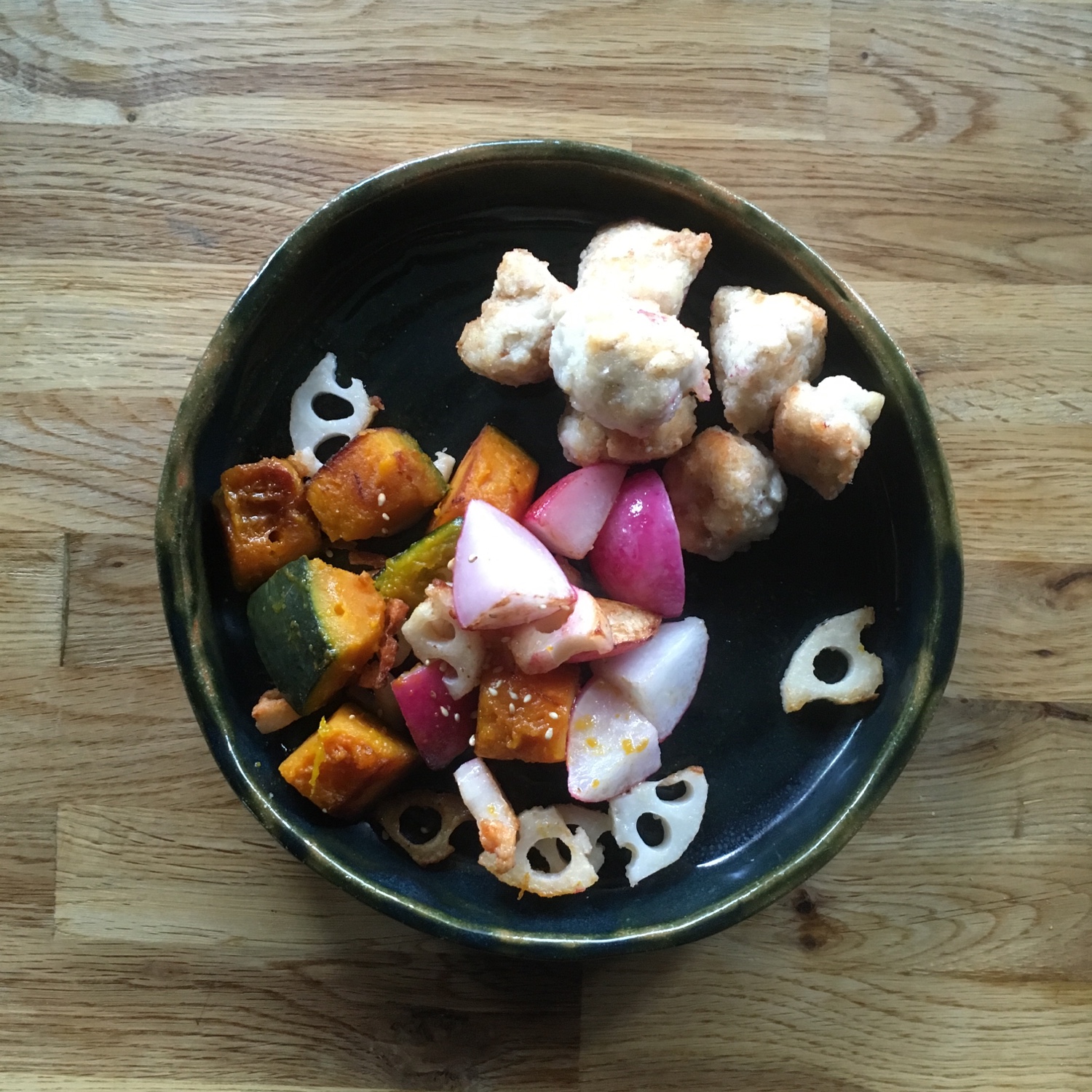
14
Last week we celebrated thanksgiving but also 14 years in Tokyo. Time flew so quickly, in particular this year with all the ups and downs and the business that it seems almost yesterday we arrived with rudimentary knowledge of hiragana and katakana, Pimsleur lessons fresh in our heads and one suitcase each…
Timing was perfect to celebrate with the new acquisition of a little plot of land adjacent to our property and start afresh like we did 6 years ago: pulling weeds and cleaning to see what we can do with it. Plans have overflown our heads from the simplest to the craziest… time will tell.
We also celebrated with friends visiting us. And cooking for friends is always a nice moment, recalling when we last meet, what I cooked then, what I will cook this time and what we will do. For this time I prepared a brocoli quiche with katsuobushi and iwanori. But since I had leftovers of the pie crust dough I decided to make some iwanori crackers, and it was really a great match. We took them to Yorokeikoku to see the fall colors and even enjoyed seeing wild monkeys!!
Here is my recipe:
Iwanori crackers
– 100g of flour of your choice, I used whole wheat
– 50g of butter
– a bit of water
– 20g of oat bran
– 50g of iwanori or just nori roughly cut
– 5g of salt
Mix the flour, the butter, the water and the oat bran to obtain a smooth dough. The quantity of water will vary, so as usual add little by little and knead well in between. Then add the iwanori and roll. Sprinkle the salt on top and roll once to fix it. Cut into bite size and bake at 180deg until almost golden. Don’t over cook them. Eat as snack or with a salad.

Vegetables quiche
Every season has its delicious vegetables and every season has therefore a possibility of cooking quiches that is infinite. For this autumn or early winter version I used all the vegetables I love for their déclinaison of white to green: cauliflower, leek and spinach. Coupled with a rich pie crust made of soya bean flours, whole flour and wheat bran it gave the perfect balance of flavor and texture, and of colors.
Tell me about what you like on IG!
Cake
When I was in primary school once in a while on Monday afternoon we would have a class where we would do pottery and other crafts and 2 times we cooked: once yogurt cake, and once pound cake. My mom kept these recipes in her classic cookbook for easy recipes that we would use when I was a child to cook together. I did so many of these yogurt cakes, pound cakes and clafoutis, far breton etc… but pound cake was one of my favorite. I love infusing the raisins with rum and drink the remaining juice. It was always a great family hit for tea time. Now I don’t infuse raisins in rum anymore because I can stand alcohol, and it’s been a while I didn’t bake a proper pound cake. But the other day I was planning to make a panettone and bought some raisins for that but then postponed the idea… yet I thought it was stupid to have bought this panettone mold in Italy last year and not using it… so I decided to bake something that would/could pretend being a panettone but that takes so much less time! The pound cake then appeared as the best option! Perfect for a breakfast on the run, as we had to go to sign for our new piece of land!!
Pound cake
– 200g of flour
– 100g of sugar
– 1tsp of baking powder
– a cup of raisins
– 80g of butter melted
– 3eggs
Rehydrate the raisins in hot water, then drain.
In a bowl mix the flour and the baking powder, then add the raisins and coat them well with the mix. Add the sugar, the butter, the eggs and stir well to obtain a creamy dough. In a greased mold pour the dough and bake for 30min at 150deg then at 180 until a knife comes out clean.
Radish tops and salmon ravioli
Ravioli have always been in the very top of my preferred dish ever both to eat and cook. For me to enjoy them, they have of course to be fresh and with a green and tasty filling. Ricotta spinach are of course a classic that I enjoy all the time, but seasonally filled ravioli are always something I like to prepare and enjoy. With the autumn salmon in peak season and the beautiful radishes also, I decided to use super fresh and tender radish tops, simply blanched with grilled salmon as filling. The radish tops have a nice flavor that is very different from other greens. I already tried with spinach and dill in the past. And because it is nice for the final cooking and the final plating to have a little of a sauce I prepared a butter and pink peppercorns sauce. Here is my recipe:
Radish tops and salmon ravioli
For the pasta I used my usual recipe (1 egg for 100g of flour), but I used half of “semolina di grano duro” instead of regular flour.
For the filling:
– 100g of radish tops
– 100g of fresh salmon
– pink peppercorns
– 15g of butter
– salt and pepper
I first grilled the salmon and blanched the radish tops. Then once they had cooled down I chopped the tops thinly and crumble the salmon together, stir well, add a bit of salt.
Then I make the ravioli, rolling the pasta as thin as possible. I didn’t use a ravioli rack, but cut the dough with a medium round shape and used two to make one ravioli. In your left palm hold a small round of pasta, with the right finger, moisten in a glass of water moisten the edge of the pasta. Set half or more tea spoon of filling, then take an other round of pasta and close tight removing the air as much as possible.
Then I boiled the ravioli. In the meantime in a large pan I melted the butter, added the pink peppercorns and when the ravioli were coming out to the surface I catch them and add them to the pan. It is fine if there is still some cooking water with them. At hight heat I finished cooking them in the pan and served with a little of salt and pepper added.
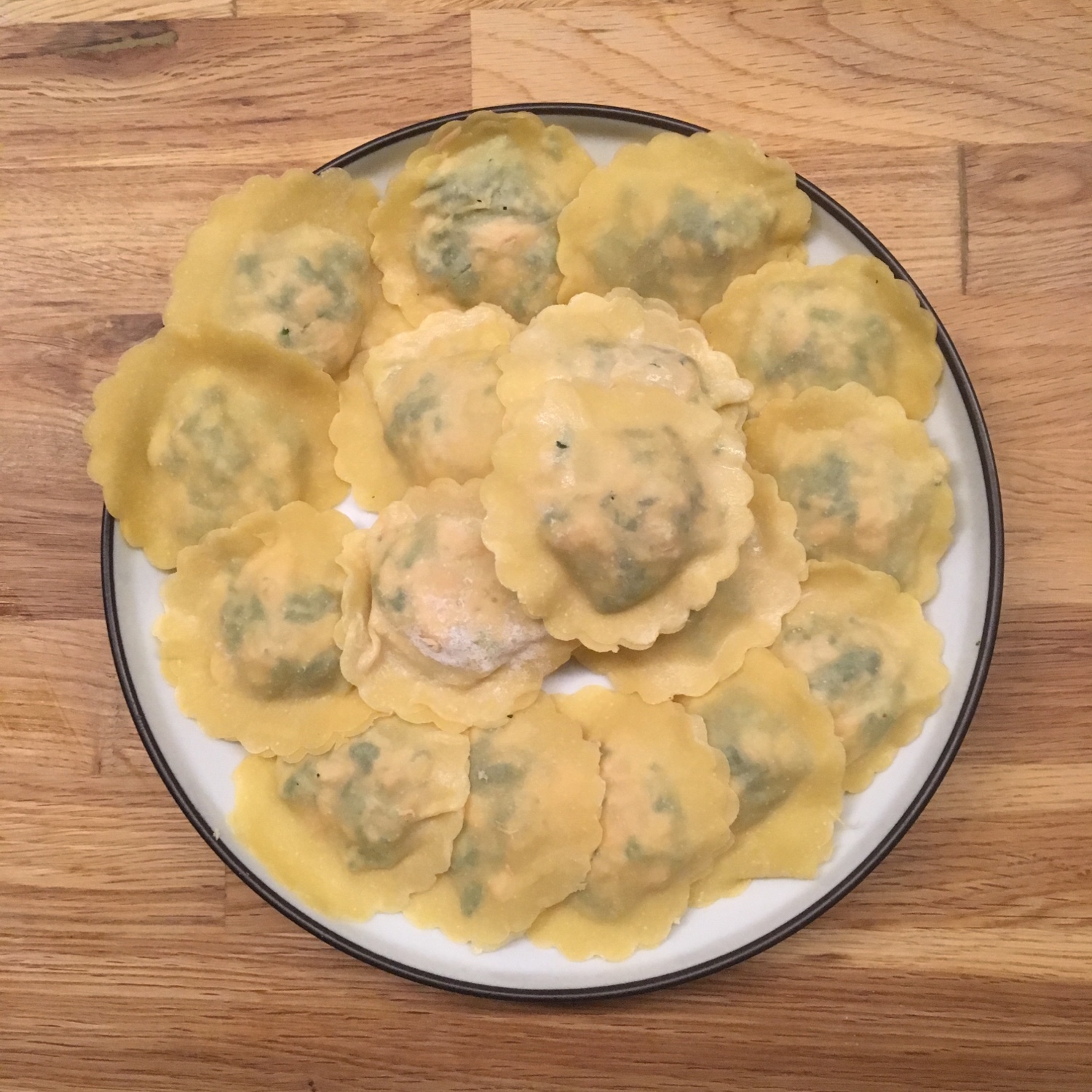
Shojin cuisine
As I was questioning myself about Buddhist cuisine in China regarding these Chinese beancurd noodles, I decided to do a bit of search and reopen my Shojin cuisine book. I was right, until the 18th century in China buddhist and taoist temples would only serve vegetables soup and tea to pilgrims, the same thing monks were eating. Only it started to be a more elaborated and widespread cuisine during the Qing dynasty (late 17th to 20th century). In japan shojin cuisine was of course imported from China together with Zen by Dogen during the Kamakura period in the 12th-13th century. All the basic about Shojin cuisine were actually written in the 典座教訓 (Tenzo Kyokun) itself inspired by Chinese writings. It has evolved regularly from the early 17th century during Edo period to become shat it is now. Next time I go to China I’ll try to eat in a temple and try local buddhist or taoist cuisine for sure!
But back to my kitchen I decided as I said to reopen my Shojin cuisine book from the Sanko-in past abbess. I always have a lot of pleasure opening a cookbook I haven’t opened for a while and this one is no exception. One thing I love with that book is that it actually tell not only how to cook but also how and how long you can keep the food you have prepared, something that I find extremely useful. Browsing the book, I found plenty of autumn recipes I wanted to try and luckily I had all the ingredients needed to proceed. I tried two recipes one of kabocha and one of burdock. Both extremely simple. And I was very happy with the result, being back in my kitchen and preparing delicious locally grown vegetables. Here are the two recipes, not the way they were in the book but the way I actually cooked.
Burdock:
– 1/2 burdock
– 3tbs of sake
– 3tbs of soya sauce
Wash and cut the burdock in 4cm long sticks. Cut each piece in the length in 4 to 10 depending on the diameter.
Place in a small pan with water and boil 10min. Drain and the in a little pan add the sake and soya sauce and simmer for 20min at low very heat under cover. Eat warm or cold. Keeps one month refrigerated according to the book but it was so good we ate everything at once!!!!
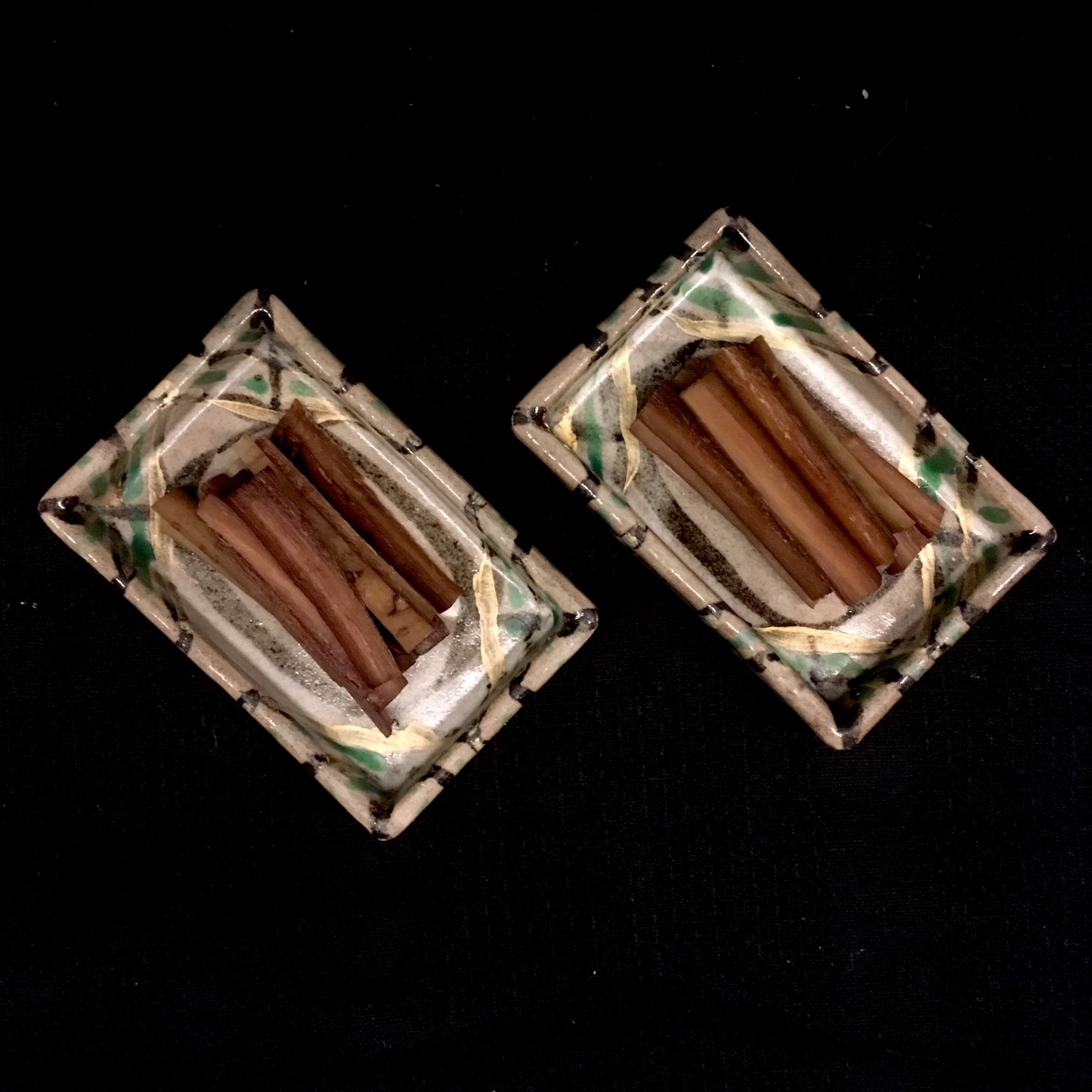
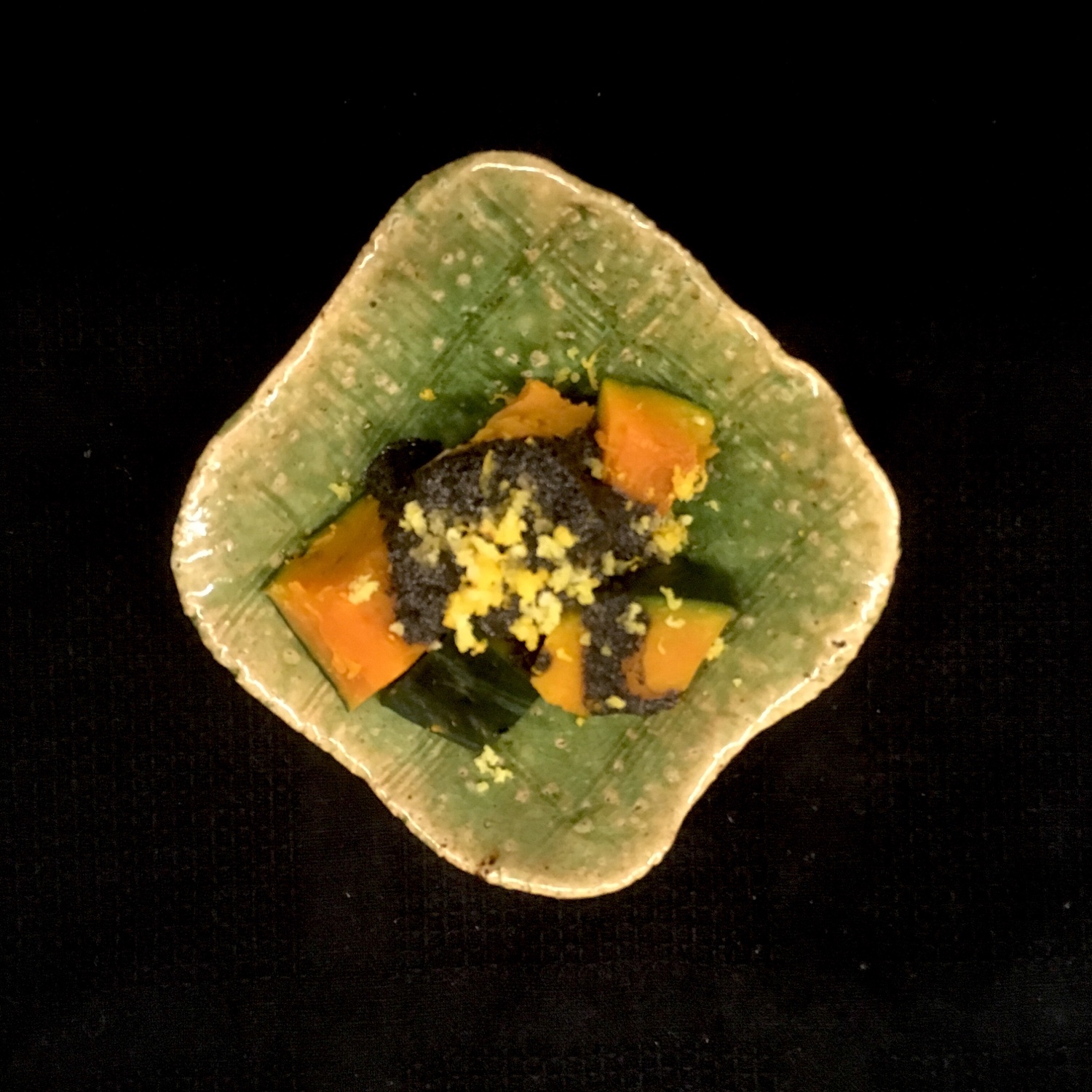
Kabocha with black sesame and yuzu:
– 1/4 of kabocha
– 4tbs of black sesame
– 1/2cup of sake
– 3tbs of brown sugar
– grated yuzu peel
– pinch of salt
Cut the kabocha in bites keeping the skin of course. In a pan put the kabocha and cover with water. Add the sake, and sugar and bring to a boil, cook until kabocha is soft but not mushy. Grill the sesame in a pan and grind finely in a suri bowl. Add 2tbs of the cooking broth of the kabocha, add the salt. Remove the kabocha from the broth, set in a plate, add the sesame mix and finish with grated yuzu peel.
